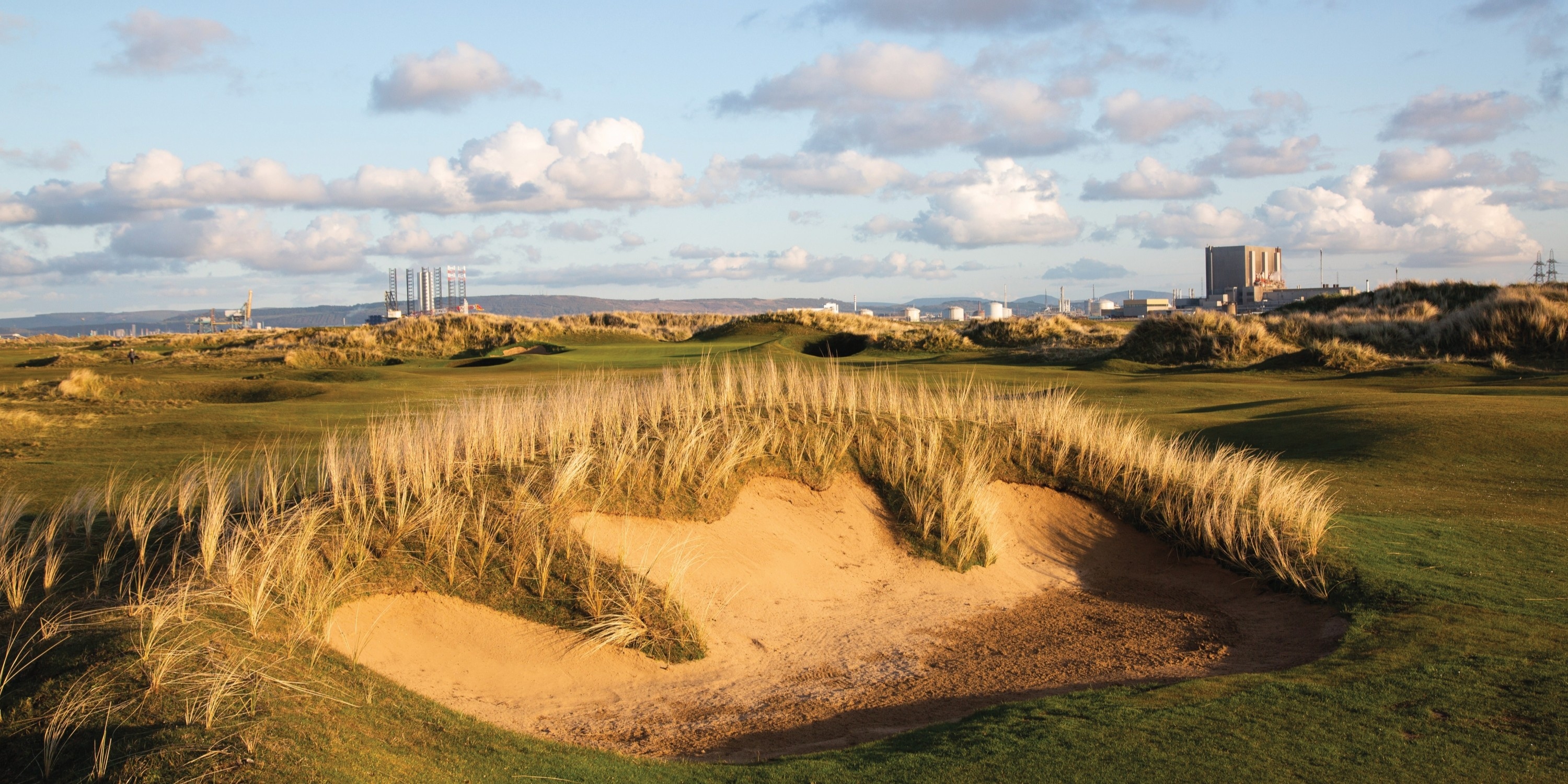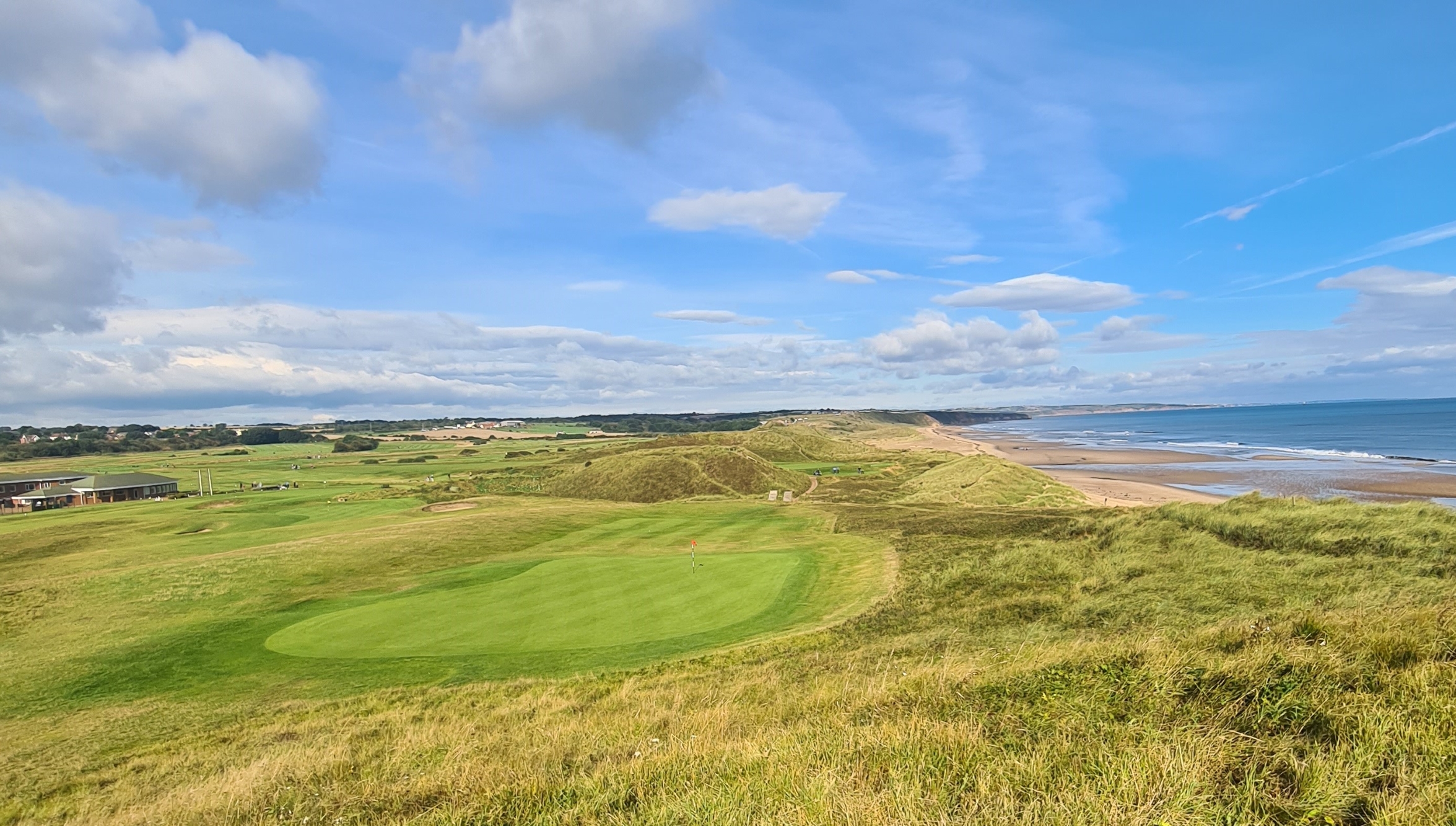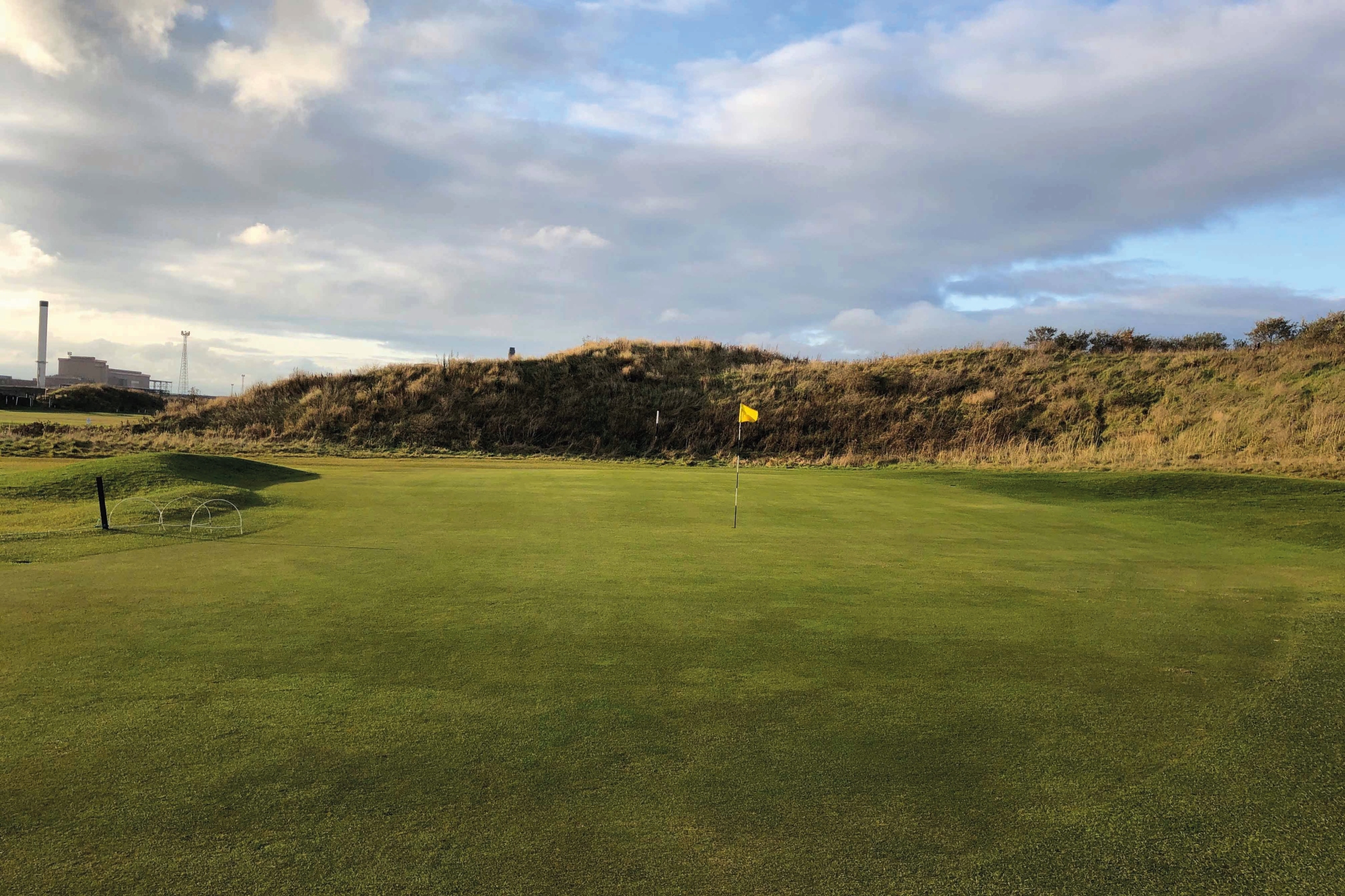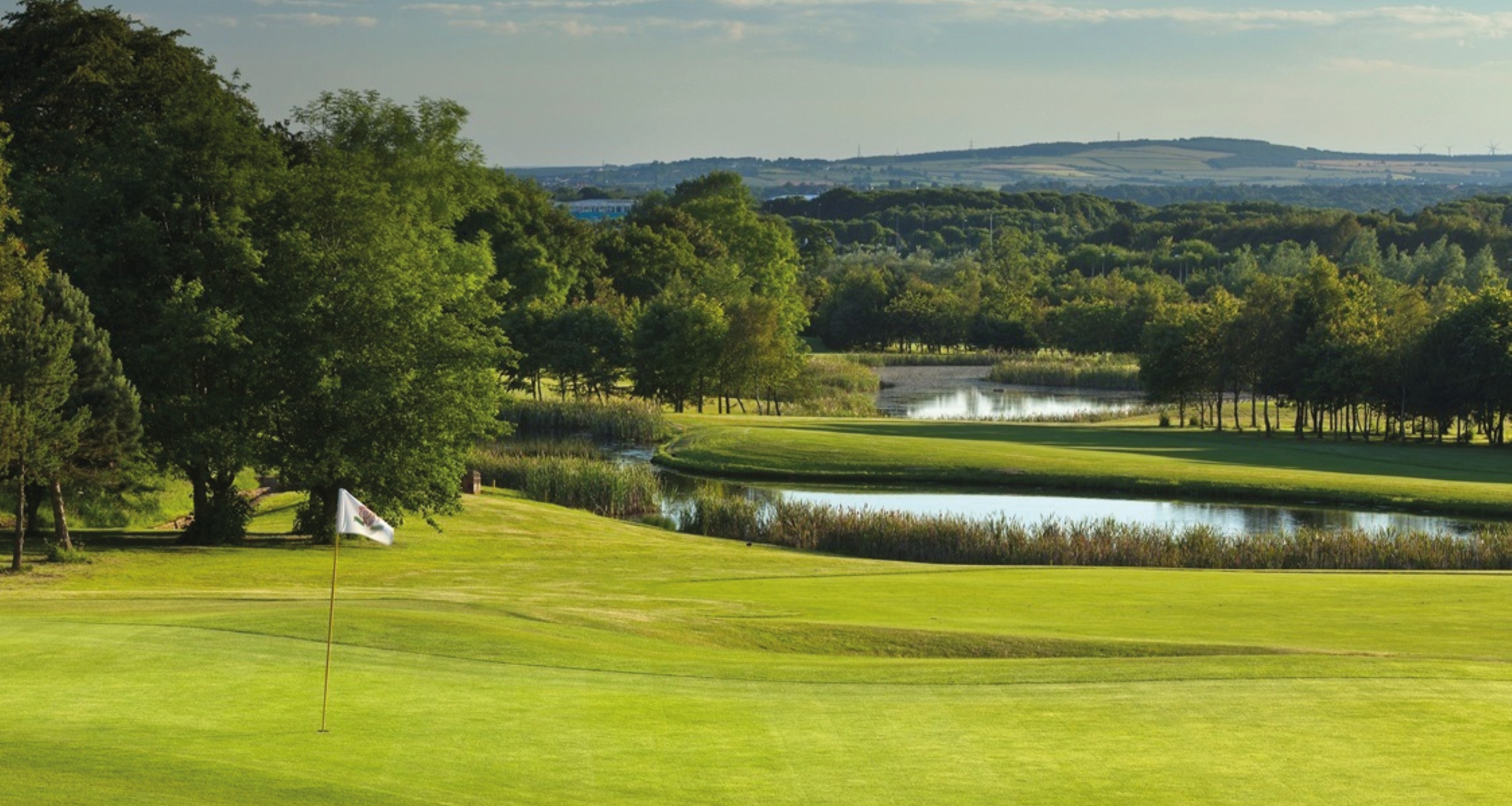
Seaton Carew
Seaton Carew | NCG Top 100s : GB & Ireland Golf Courses
Rankings
1st
2nd
41st
66th
93rd
The club was founded in the 1870s, but it would be five decades before MacKenzie proposed a new design for the course, one that would be taken on and played for a number of years.
Frank Pennink added holes more recently, giving Seaton Carew a rather unique 22 hole total, but it is a venue that has played host to the Brabazon Trophy and Carris Trophy in recent years.
Advertisement

A Brief History of Seaton Carew
1891 saw the layout extended to 18 holes for the first time. Alister MacKenzie, of Alwoodley and Augusta National fame, then proposed a new course design in the 1920s.
More recently, Frank Pennink designed an extra four holes, taking the total at Seaton Carew to a rather unique 22. - with five different layouts on offer.
Throughout its history, Seaton Carew has played host to major amateur competitions. The Brabazon Trophy, Carris Trophy and Jacques Leglise Trophy have all been contested here, along with both the British Boys & Girls Championships.
Seaton Carew (Micklem) Review | NCG Top 100s: GB&I Golf Courses
Advertisement

It is a gentle opener at Seaton Carew, one of just 360 yards from the tips. Water and OOB run down the right, but they should not be in play if you are sensible. The green is undulating and can cause issues if you're on the wrong section. The 2nd is the opening par 5 of the round, and pushes back to 560 yards, with out of bounds down the right side - any slices off the tee and you'll be reaching for a second ball. For most, it will be a three-shotter and a solid par. The first of three short holes comes at the 3rd, and it is a cracker. Eight pot bunkers surround the green, meaning trouble if you miss the putting surface.
4 and 5 a testing par 4s, with the former being the most difficult hole on the front nine, despite only being 385 yards long. The 6th is the second of the par 3s at Seaton Carew, and plays less than its carded distance due to an elevated tee. A trio of medium-length par 4s take you to the turn, with the first of those - the 7th - being the easiest hole on the course.
Despite being Stroke Index 13, the 10th is traditionally one of the hardest holes on the Micklem. Although there are no bunkers, the smallest green on the property lies in wait, and if you miss that, then you can find yourself in trouble. 11 features a water hazard that spans the entire right side of the hole, while the 12th offers up two bits of fairway to attack, depending on how confident you are off the tee. The 13th is the second and last par 5 at Seaton, and at 485 yards, it is one that the big hitters will fancy their chances on. Those that can cut the corner will be rewarded with a great chance of birdie, if not eagle.
The closing stretch begins with the hardest hole on the card by Stroke Index. The 14th is only 387 yards from the tips, but a narrow fairway and trouble all around give it that danger factor. 15 is a 200-yard par 3 which plays into the prevailing wind, and that is followed by the 16th which is the longest par 4 on the property. At more than 450 yards, most will be happy with a bogey 5.
The Alister MacKenzie-designed 17th with its title of 'Snag' definitely an understatement. The green is an elusive target and rises at various levels to a proud position that defies all except the bravest and the best. The closing hole at Seaton Carew is not that easy either, but you will feel some respite after the last four you've played. It is less than 400 yards and with a good drive, easily manageable in two shots. However, the green can be obscured by large mounds in the fairway, depending on where you are hitting your second shot from. Out of bounds lurks to the right of the green...
Our Panellists Notes for 2025
Dan Murphy: The transformation of Seaton Carew continues, with a successful hosting of the English Amateur last year. Truly though there is still much more that could be done on what is a wonderful golfing landscape – and the club know it.
David Walker: Excellent movement in the fairways, with penalising bunkers that must be avoided while at the same time needing to be challenged to get the best line into the terrific green complexes
Ed Battye: One of England’s strongest and most underrated venues
Steve Carroll: Removal of buckthorn, new bunkering, and further improved conditions means Seaton Carew gets better on every visit
Read more about our panellists here.
Advertisement

FAQs about Seaton Carew
Seaton Carew Golf Club is just outside the town of Seaton Carew, on the northeastern coastline of England. Hartlepool is a couple of miles north, while the city of Middlesbrough is just to the south. The course sits next to Seaton Carew Beach and North Gare Beach, and just over the water from the Teesmouth National Nature Reserve.
For those travelling to the northeast by train, Seaton Carew Station is less than a mile from the golf club, with trains running through the station to Hexham and Newcastle. International travellers will look at Teesside International Airport and Leeds Bradford Airport, but for a wider range of destinations, golfers may land in either Manchester or Edinburgh, both of which are around three hours from Seaton Carew.
Seaton Carew is one of three North East golf courses on the NCG Top 100s: England list. However, Dunstanburgh Castle is 75 miles to the north, while Goswick is almost 100 miles away. Ganton and Fulford - two of Yorkshire's finest - are around 70 miles to the south.
What golf facilities does Seaton Carew offer?
Along with the Micklem Course, and the other four holes that are part of the property, Seaton Carew also has its own range and short game area for you to hone your skills before taking to the course.
The price of a green fee at Seaton Carew changes throughout the year, depending on the season. It is also different depending on whether it is a weekday or weekend.
Course Reviews

0.0 | 0 reviews



